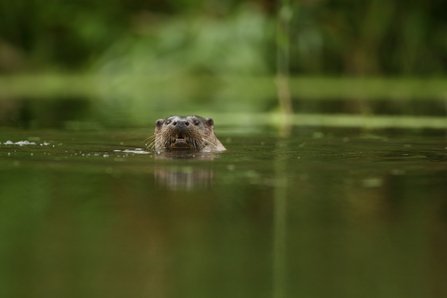The Government has today, 22nd December, approved new plans to improve the health of England’s rivers and lakes.
However, a pattern of inaction to tackle pollution and other pressures over the past 15 years could see England’s waterways get worse before they get better, according to The Wildlife Trusts.
The new ‘River Basin Management Plans’ are the third instalment of proposals to restore nearly 5,000 rivers, lakes, estuaries and coastal waters across England.
The first two sets of plans – from 2009 and 2015 – were supposed to oversee the recovery of a large proportion of these waters by 2015 and 2021 respectively. Both targets were largely missed.
Relentless pollution, combined with the impacts of extreme weather and drought, mean England’s waterways have seen little improvement since plans were first devised well over a decade ago.
Currently, only 16% of waters in England are in good ecological health and none meet chemical standards. This means that overall, 0% of England’s rivers, lakes, estuaries or seas are currently in a healthy condition.
Data shared during consultation on the plans indicated that only 204 of the near-5000 waters (4%) could be expected to be in good overall condition by 2027. Targets to improve the majority of waters – 3651 sites – would be pushed back to 2063.

